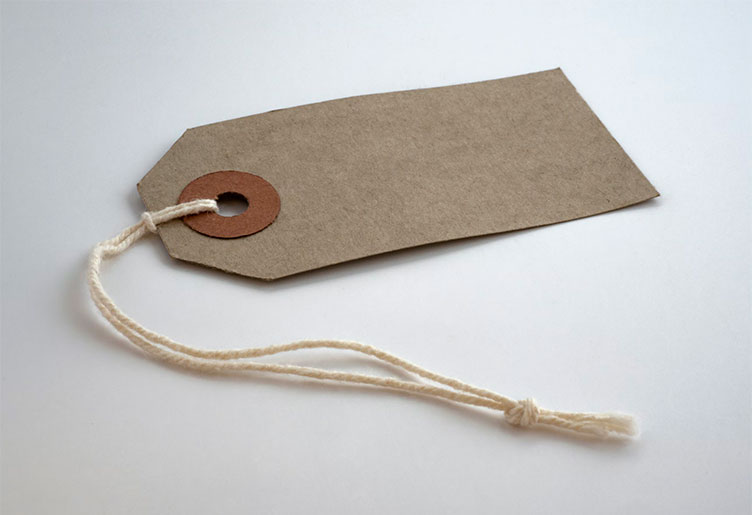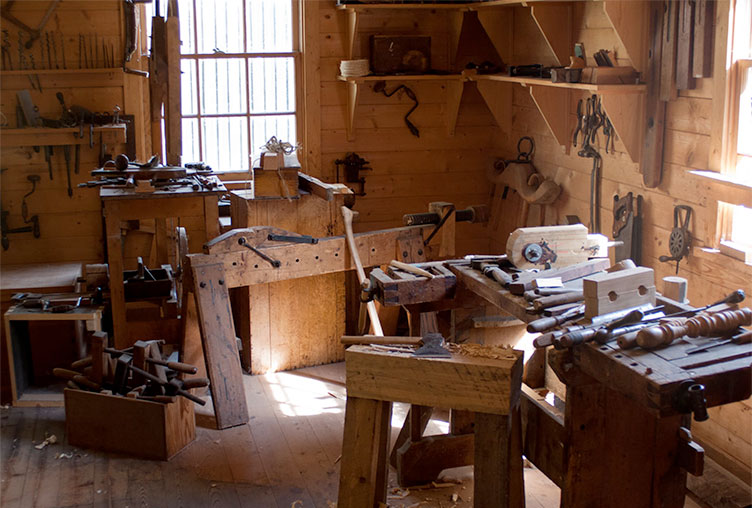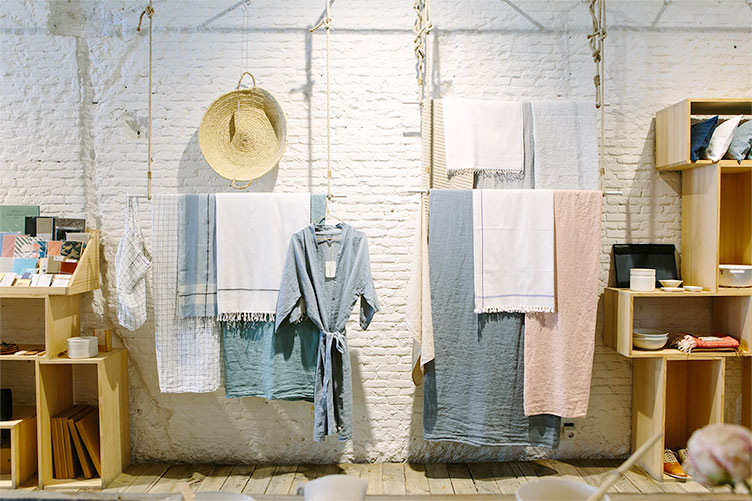Pricing is an endlessly tricky topic, and while sometimes it comes down to a bit of trial and error, there are some fundamental factors that can make all the difference to whether you make money. Here are some pricing mistakes that are easy to make, but easy to avoid if you know what to look out for.

Pricing pitfall #1: Undervaluing your work
It’s the classic stumbling block for makers – we often sell ourselves short and end up losing money (or not making what we should) on our work. We forget that quality and originality can be more valuable to the right customer than a cheaper, mass-produced version of the same thing. Pricing your work is both science and art – it’s an exercise in understanding the value of your work, and finding the perfect balance of cost, value, and demand. Learn more about how to price your work »
Pricing pitfall #2: Not counting your costs
Your pricing should cover all of your materials, labour, and other costs – ideally with some profit on top! Some costs are more obvious than others – you may need to factor in things like time spent sourcing materials, listing or merchant fees, and consumables like glue or thread. Learn more about business expenses »

TIP Don’t get caught out thinking that if you didn’t pay for something, you shouldn’t charge for it. Work out what the materials and labour would cost you if you had to pay someone else for them, and price accordingly.
Pricing pitfall #3: Missing opportunities to add value
What makes a product premium? Materials and craftsmanship are an obvious starting point for valuing your work, but it doesn’t stop there. Your brand, how you tell your story, and the way you portray your product, and the whole customer experience can add significant value and desirability – which you can reflect in your pricing. Learn more about adding value »

Pricing pitfall #4: Omitting your overheads
It’s easy to look at a product and consider the cost of materials and time, but forget the less obvious expenses of making it. Your overheads are costs that aren’t tied directly to making a specific product, but that you still need to pay to be able to run your business, like rent, electricity, internet, insurance, and so on. They are usually more-or-less fixed costs that should be built into your pricing. Learn more about overheads »
TIP Does your pricing on Felt need updating? You can easily edit the price of individual products on your Listing Management page, or use the Bulk Price Adjustment tool to make a shop-wide adjustment.
Pricing pitfall #5: Letting your records slip
Systems are your friend. If you don’t keep good records, it’s really hard to factor in things like tax, expenses, overheads, and all the other costs of running your business – and if you’re not covering those in your prices, you’re not making money. Learn more about keeping your accounts in order »

Pricing pitfall #6: Not considering your retail price
Whether you have stockists or not, it’s excellent business practice to make yourself familiar with different pricing structures, and how retail works for makers and producers. Working out wholesale and retail pricing can bring new opportunities to light, or change the way you think about producing or pricing your work. Not to mention that your prices should be comparable with retail prices for similar products anyway – if you’re not adding retail markup, it could mean you’re underpricing your work. Learn more about retail »
Whether you’re just starting out or a seasoned professional, it’s worth taking stock now and again, checking your workings, and reviewing your pricing. Have you been caught out by one of these? Or have you learned something you can share in the comments below?





